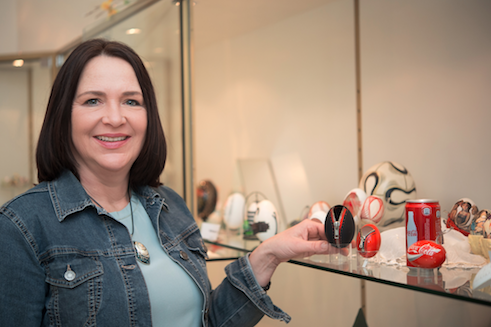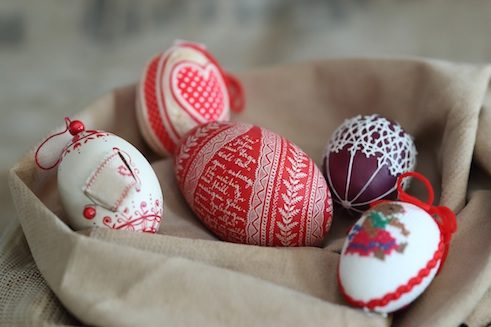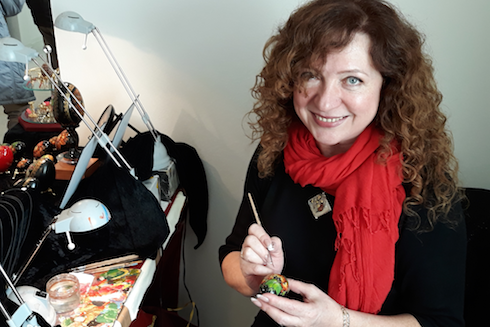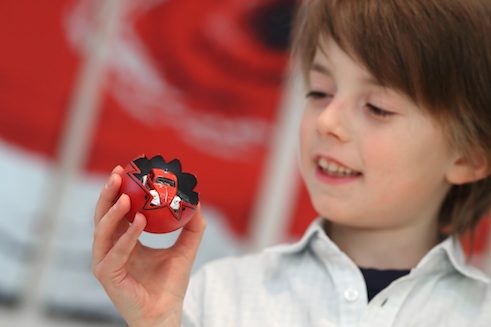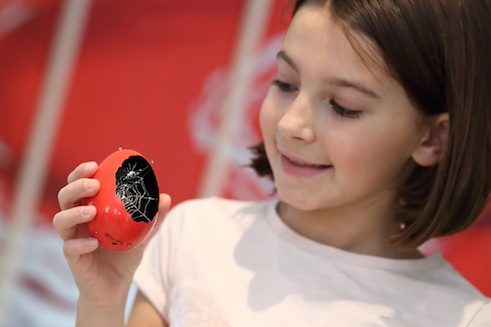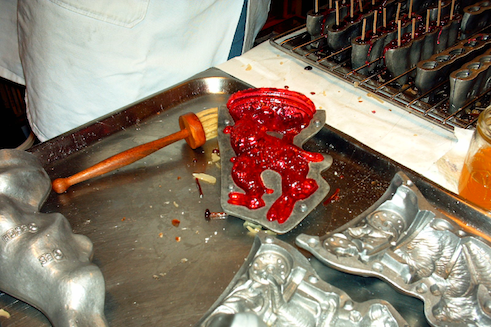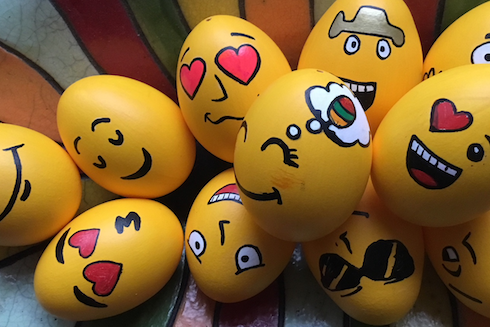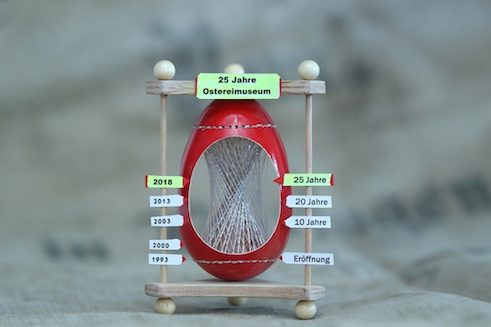The holidays in Germany
The art of the Easter egg
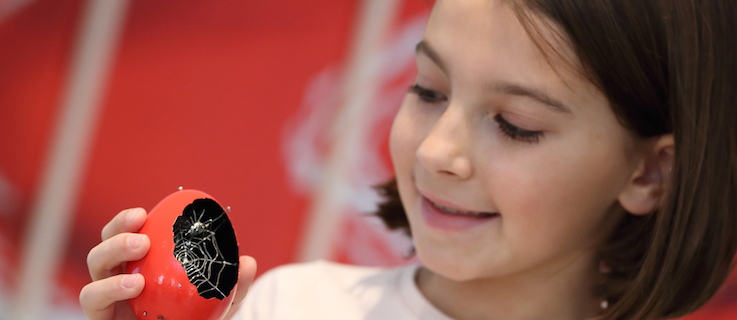
© Gemeinde Sonnenbühl
Have you ever stopped to wonder where all the brightly coloured eggs we enjoy at Easter come from? Visit the first German museum dedicated to the festive eggs to learn their backstory. The Osterei Museum collects traditional eggs and also features the work of contemporary egg artists.
-
If the Easter Bunny needed a place to safeguard his eggs, the quaint village of Sonnenbühl in Baden-Württemberg would be ideal. It is home to what is surely the largest collection of artistically decorated Easter eggs in Germany. Housed in a historical schoolhouse, the Osterei Museum (Easter Egg Museum) boasts around 10,000 eggs of different styles ranging from the traditional to the avant-garde with new ones added each year. Anna Barkefeld has been in charge of this unusual collection since 1997. -
In Germany, the tradition of decorating and giving away eggs at Easter can be traced back to the Middle Ages, and is still an integral part the Christian holiday today. Many of the eggs on display at the Osterei Museum were private donations. The museum also commissions new pieces from talented egg artists who ply their trade using traditional techniques like perforating, embroidering and milling passed down through generations. -
Most of the traditional eggs on exhibit are from the Christian farming communities around the area, and the colours and patterns used differ from region to region. The artistic pieces are often not related to Easter, as their creators have let their imaginations go wild. Artist Tatjana Hailfinger, for example, is an expert in Russian lacquer miniature painting. -
The Osterei Museum is open to visitors from February to November. It can be booked for birthdays where guests get creative on eggs of their own. Director Anna Barkefeld says many children are fascinated by the Coca-Cola egg adorned with the brand’s logo. Men tend to gravitate towards the perforated eggs, while many women marvel at the embroidered or knitted decorations. Anna Barkefeld admits she is particularly fond of the car egg, a cut-open goose egg with a little platform for a tiny fire engine. -
The run-up to Easter is the museum’s busiest season. Visitors come in droves to purchase lovingly hand-decorated eggs from the Easter Market where artists from all across Germany pedal their wares. The museum also sets up an annual special exhibition that features new bespoke works of art. The 2018 exhibit is entitled “Red in Shell” and all the pieces are in shades of red, the oldest Easter egg colour around. -
And of course it wouldn’t be Easter without the proverbial rabbit. On Good Friday, visitors can watch as sugar bunnies are born. Very few bakers in Germany still know how to create these traditional treats, as it takes a great deal of skill to melt, work and colour the sugar that is then poured into rabbit-shaped moulds. While the Easter egg is widely known throughout Europe, the Easter Bunny is a purely German invention going back hundreds of years. Johann Wolfgang von Goethe wrote about children hunting for eggs hidden by the friendly hare. -
To keep the art of egg decoration alive and well, the Osterei Museum holds events for children. Egg artists Daniela Löbbe and Ruth Gwosdz offer egg-art classes where they teach children the techniques they use. The colourful results have included pop-art eggs, emoji eggs, ninja eggs and eggs with sparkling, flowering meadows. -
Even the museum’s experts don’t know exactly how long the pieces on display will last. The oldest are porcelain eggs from the 19th century, but some of the natural eggs have also enjoyed a long life. The museum’s holdings include two ostrich eggs from what is Namibia today, both more than 100 years old. They were brought to Germany by a policeman in 1918 from what was then the colony of German South West Africa.
